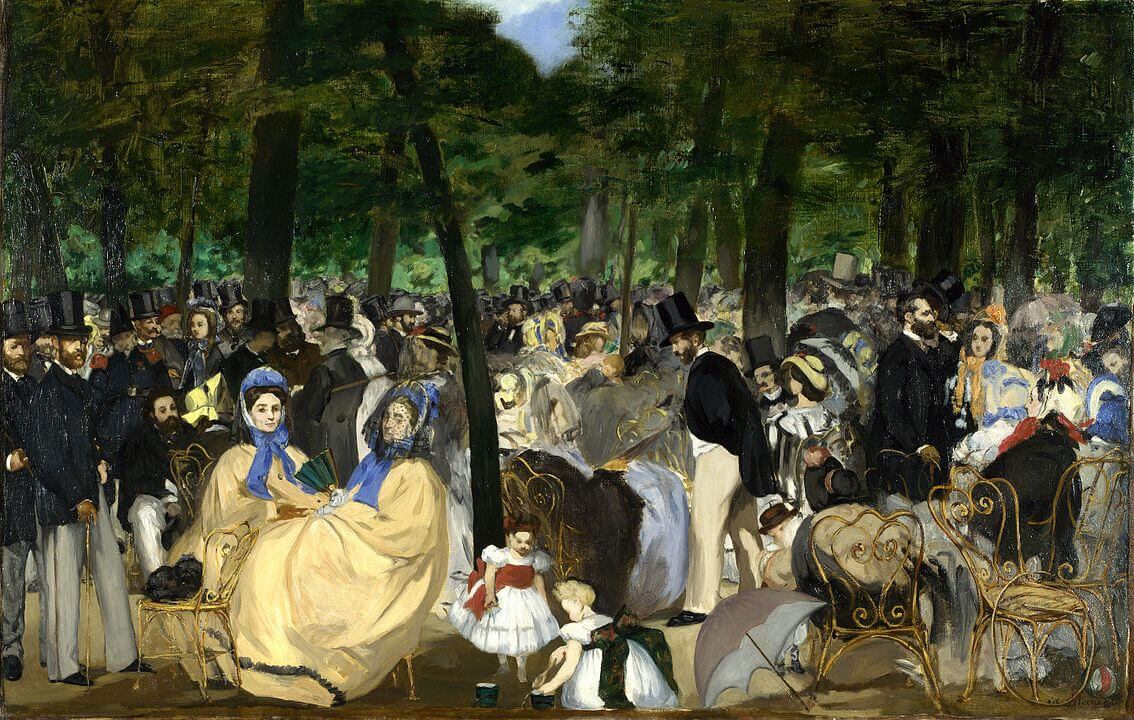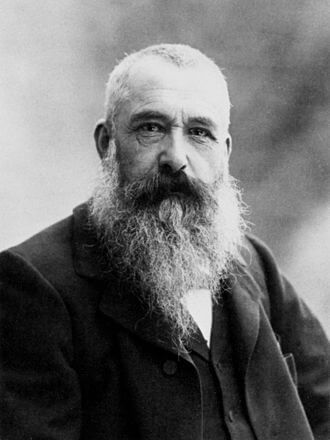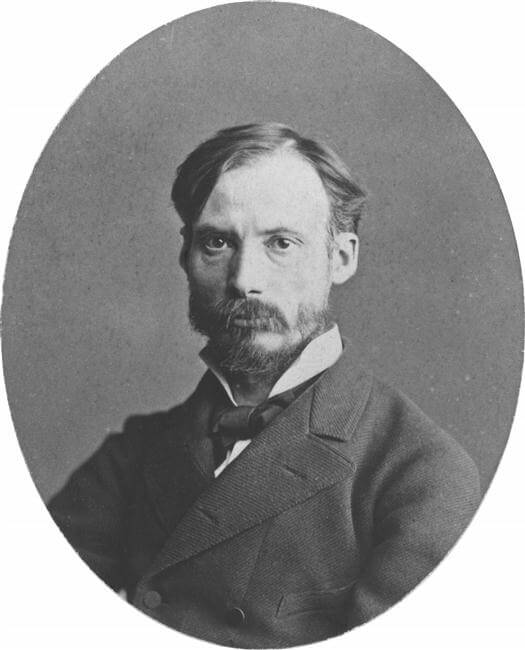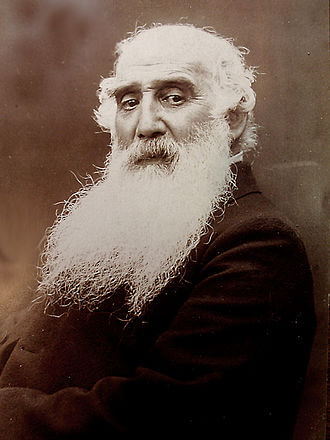Impressionism was a movement in 19th Century Europe which was initiated by a group of artists who rejected the exhibitions and salons that were government approved and chose to landscapes and everyday activities and objects. This was a major change as Europe at that time had only witnessed grand subject in the art such as major events in history. Ordinary life and outdoor scenes become the prime subjects of artists in this period.
Impressionist art style featured more vibrant colors and with not much detail to subjects. Broader strokes of brush were replaced by soft touches of pure intense colors, which gave a feeling that there are no brush strokes at all. The art produced during this period was the impression of a subject as perceived by the artist, hence the term impressionists.
Édouard Manet, Claude Monet, Edgar Degas, Pierre-Auguste Renoir, and Camille Pissarro are some of the famous impressionist artists. Let us go into further details and notable works of them.
1. Édouard Manet
As an impressionist artist, Manet's predominantly consisted of Parisian life. Female nudes were often the subjects of Manet and many a time caused much controversy. What set Manet apart from his contemporaries was that he had a unique style of painting. He also did not attend any impressionist exhibitions in Paris. Manet preferred to capture everyday life and common objects in his paintings. The cafes and bars of Paris, the city and urban life, the street, and its people; beggars, singers, workers, were common in Manet's paintings. His brush strokes were loose and therefore some parts of the canvas were not properly covered, which made the critics comment on his work that it looks unfinished. Some of Manet's famous paintings include Luncheon in the Studio, Concert in the Tuileries Gardens, A Bar at the Folies-Bergere, Portrait of Berthe Morisot, Concert in the Tuileries Gardens and Roadmenders in the Rue de Berne.
(Music in the Tuileries, 1862)
2. Claude Monet
Monet is considered to be one of the founding fathers of Impressionism. Monet loved to paint in the open air and capture in his paintings the natural light. Figures we replaced by light and atmosphere as subjects of Monet's paintings. He was not interested in conforming to the notions of conventional art that he went on to defy them by experimenting with art. Bold colors and unusual compositions were all present in Monet's paintings. He used broader fields of color and smaller stroke of paint and worked with complementary and contrasting hues. As a landscape artist, Monet was heavily influenced by John Constable and Joseph Mallord William Turner, both landscape painters and this furthered Monet's interest in landscape painting. Water lilies, Impression, Rouen Cathedral series, The Haystacks, Woman in the green dress, are some of his notable works.
(Impression, Sunrise (Impression, soleil levant), 1872; )
3. Edgar Degas
This impressionist painter's work mostly consisted of slices of the Parisian life. His main subjects were human figures, particularly female bodies. It was the academic training that invoked an interest for figures in Degas. He did not like to be called an impressionist but preferred to be referred to as independent. Dancers, singers, prostitutes, all made up Degas work and he was keen to painting them in innovative ways. He painted them unusual angles under artificial light with strange postures. The much-celebrated academic ideals of historical and mythical subjects were rejected by him and took inspiration from modern day life. Many critics during the impressionist era were in complete disapproval of the lower-class subjects used by Degas in his paintings. Some of the important works of Edgar Degas are The Bellelli Family, Monsieur and Madame Édouard Manet, Foyer de la Danse, Le Foyer de la danse, and Prima Ballerina.

(At the Races, 1877–1880, oil on canvas, by Edgar Degas, Musée d'Orsay, Paris)
4. Pierre-Auguste Renoir
Capturing the modernity and leisure of Parisian life was Pierre-Auguste Renoir's focal point. He had a special eye for beauty and his skills as a colorist was much celebrated. He beautifully captured the movement of light and shadow to create some timeless masterpieces. His works were full of life and vibrant colors featuring well dressed Parisian people enjoying their life. Renoir always tried to incorporate his new approach and thought in his paintings, which was evident in the multicolored strokes, bright atmosphere and the radiant tones of the skin of his female subjects. Among other impressionist painters who preferred to work with landscapes, it was Renoir's fascination with human figures that sets him apart. The great masterpieces of Pierre-Auguste Renoir are Woman in Black, Diana the Huntress, La Loge, La Grenouillère, Madame Georges Charpentier and Her Children.

(Pont-Neuf, 1872)
5. Camille Pissarro
When many of his contemporaries of the impressionist era refused to showcase their work at exhibitions, Camille Pissarro was the only one who had exhibited his paintings in all eight Impressionist exhibitions. His canvas captured the daily life of a peasant in Paris. Pissarro's work mainly focused on the effects of light on color. He was heavily influenced by politics and one cannot separate politics from his art. His paintings on the labor peasants is a clear example of this. Rural subjects were his favorite and painted them in vibrant compositions. Two Women Chatting by the Sea, St. Thomas, The Banks of the Oise near Pontoise, Jalais Hill, Pointoise, The Boulevard Montmartre on a Winter Morning, Road to Versailles at Louveciennes are the most notable works of Camille Pissarro.

(Entrée du village de Voisins, 1872. Musée D'Orsay, Paris.)
These artists are considered to be the pioneers of Impressionism. Their works are timeless masterpieces which broke the conventions of art during the 19th Century. The visible brush strokes, unusual compositions, emphasis on light and color, subject matter and their movements, and strange visual angles, put the impressionist artworks on top of the art history.
(Image Source: Wikipedia)


2 comments
Ofentse davifo
I will l8ke to know more about Edgar Degas
Zac
why do you do this it is so so so good!!!!!!!!!!!!!!!